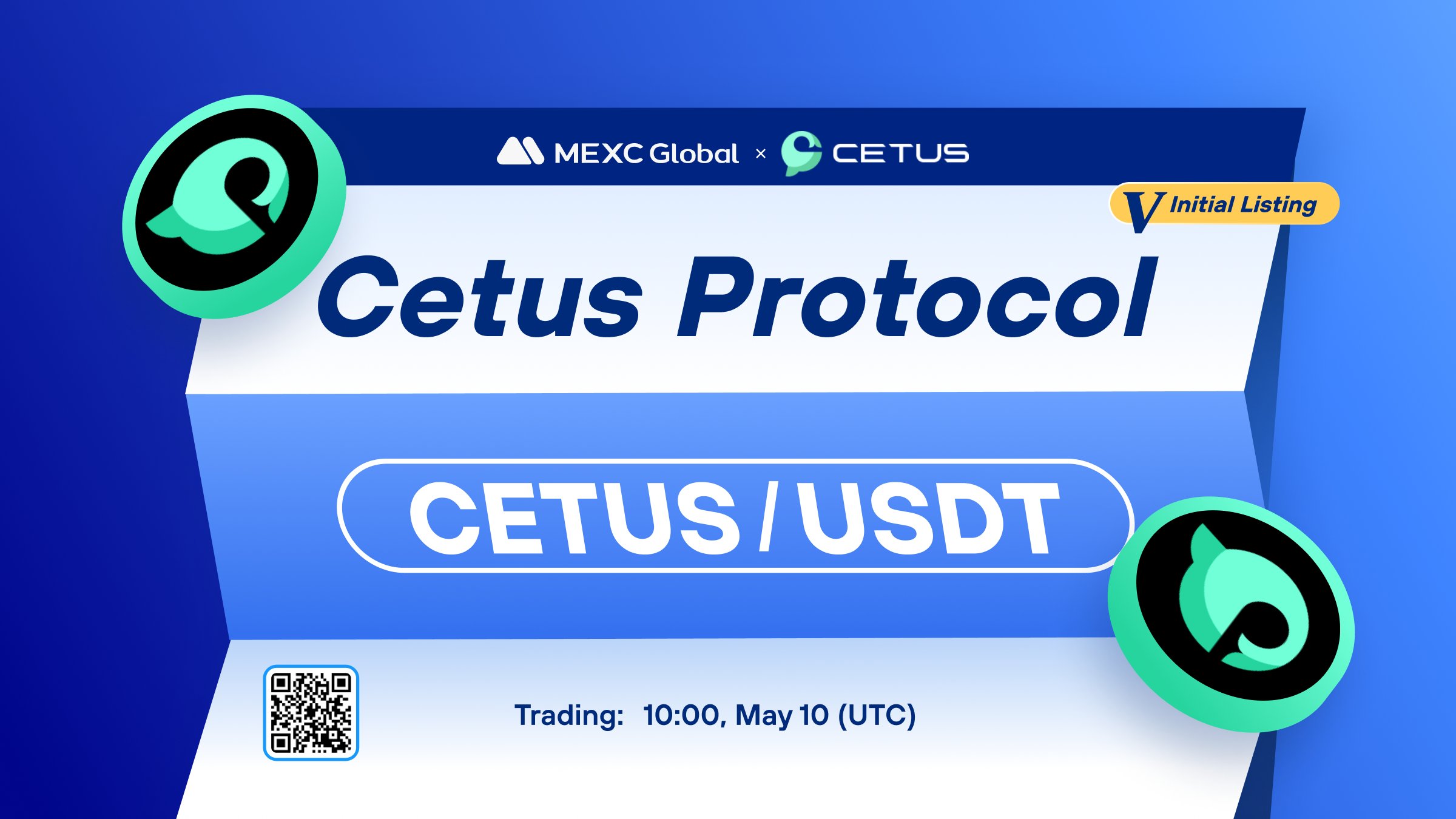
In the rapidly evolving landscape of decentralized finance (DeFi), few protocols have addressed the fundamental infrastructure gaps as comprehensively as Treehouse Protocol.
This comprehensive guide explores TREE token and the groundbreaking Treehouse ecosystem that’s revolutionizing fixed income markets in cryptocurrency. Whether you’re a DeFi enthusiast, institutional investor, or crypto newcomer, this article provides essential insights into how Treehouse is solving critical market inefficiencies through innovative tokenized assets (tAssets) and Decentralized Offered Rates (DOR). You’ll discover the protocol’s unique approach to interest rate arbitrage, its sophisticated consensus mechanisms, and how Treehouse Protocol’s infrastructure bridges traditional finance with decentralized protocols through its tAssets and DOR systems that bridges traditional finance with decentralized protocols.
Key Takeaways
- TREE Token Status: TREE token has not yet been issued. Treehouse Protocol currently operates through tETH and DOR mechanisms, with future governance tokenization planned.
- Core Innovation: Two revolutionary DeFi primitives – tAssets for interest rate arbitrage and DOR for decentralized benchmark rate creation in crypto markets.
- Market Problem Solved: Addresses fragmentation where identical assets trade at different rates across platforms, creating inefficiencies that limit institutional adoption.
- Future Potential: Aims to become the primary reference rate provider for cryptocurrency markets, enabling complex financial instruments like interest rate swaps.
Table of Contents
What is Treehouse Protocol (TREE Token)?
Treehouse Protocol is a pioneering decentralized application that introduces revolutionary fixed income primitives to the cryptocurrency ecosystem. Unlike traditional DeFi tokens that focus solely on lending or staking, the protocol powers a comprehensive infrastructure designed to solve the fundamental problem of interest rate fragmentation across on-chain markets.
The Treehouse Protocol addresses critical gaps in crypto fixed income through two primary innovations: Treehouse Assets (tAssets) and Decentralized Offered Rates (DOR). tAssets are liquid staking tokens that enable users to earn real yield through interest rate arbitrage, while DOR creates the first decentralized consensus mechanism for benchmark rate setting in cryptocurrency markets. The protocol currently operates through tETH and DOR mechanisms, with future governance tokenization planned as part of the decentralization roadmap.
What Problems Does Treehouse Crypto Solve?
1. The Crisis of Fragmented Interest Rates
The cryptocurrency fixed income market suffers from severe fragmentation, where identical assets trade at vastly different interest rates across various protocols. Unlike traditional finance where standardized benchmark rates ensure market efficiency, DeFi operates without unified reference points, creating inefficiencies that hinder institutional adoption and limit sophisticated financial product development.
This fragmentation manifests most clearly in Ethereum’s lending markets, where borrowing and lending rates for ETH can vary dramatically between platforms like Aave, Compound, and Spark. Such inconsistencies create uncertainty for users seeking optimal terms and prevent the development of complex financial instruments that require stable, predictable reference rates.
2. Missing Infrastructure for Professional Finance
Traditional finance relies heavily on benchmark rates like LIBOR (now SOFR) to price trillions of dollars in financial products, from corporate bonds to derivative contracts. Cryptocurrency markets lack equivalent infrastructure, limiting the development of sophisticated fixed income products that institutional investors require. Without standardized reference rates, creating products like interest rate swaps, floating rate notes, or complex yield curves becomes virtually impossible.
3. Limited Access to Yield Optimization
Interest rate arbitrage strategies that generate consistent returns have historically been accessible only to institutional players with substantial capital and sophisticated infrastructure. Retail investors and smaller institutions cannot efficiently capitalize on rate discrepancies across protocols, missing opportunities for enhanced yields that professional traders routinely capture.

The Story Behind Treehouse Token Protocol
Treehouse Protocol emerged from a team of traditional finance and crypto veterans who recognized the fundamental infrastructure gaps preventing DeFi’s institutional adoption. Initially operating as Treehouse Analytics, the team developed sophisticated on-chain risk analytics systems during the 2020 DeFi summer, creating portfolio management tools that tracked positions across over 400 protocols.
The pivotal moment came during the 2022 market crisis when industry titans like LUNA and FTX collapsed, highlighting the absence of reliable reference rates and risk management tools in cryptocurrency markets. Rather than retreat, the team identified this crisis as an opportunity to address one of crypto’s most critical missing pieces: standardized benchmark rates that could enable mature fixed income markets.
Drawing inspiration from their traditional finance backgrounds and deep crypto expertise, the founding team developed the theoretical framework outlined in their seminal work “One Rate To Rule Them All.” This comprehensive analysis demonstrated how Smart Contracts could evolve beyond simple transaction processing to create sophisticated consensus mechanisms for rate discovery, ultimately leading to the development of both tAssets and the revolutionary DOR system.
The protocol’s evolution from analytics platform to infrastructure provider reflects a strategic pivot toward building the foundational tools necessary for cryptocurrency’s next phase of institutional adoption, positioning Treehouse as the bridge between traditional finance sophistication and DeFi innovation.

Key Features of Treehouse Crypto Protocol
1. Revolutionary tAssets Technology
Treehouse Assets (tAssets) represent a breakthrough in liquid staking technology, designed to converge fragmented on-chain interest rates through systematic arbitrage strategies. The first implementation, tETH, employs a sophisticated leveraged staking approach that borrows assets at lower rates and stakes them to earn higher returns, effectively forcing market convergence toward theoretical risk-free rates.
This mechanism democratizes access to institutional-grade arbitrage strategies previously available only to professional traders with substantial capital. By pooling resources and automating complex strategies, tAssets enable retail investors to participate in yield optimization while contributing to overall market efficiency.
2. Groundbreaking DOR Consensus Mechanism
Decentralized Offered Rates (DOR) introduce the first trustless system for establishing benchmark rates in cryptocurrency markets. Unlike traditional reference rates controlled by centralized authorities, DOR employs a sophisticated consensus mechanism where multiple stakeholders submit rate predictions, with accuracy incentivized through economic rewards and penalties.
The system features advanced outlier removal, random sampling for statistical reliability, and cryptoeconomic security through staking mechanisms. This creates transparent, manipulation-resistant reference rates that can serve as foundations for complex financial products ranging from interest rate swaps to floating rate bonds.
3. Market Efficiency Through Arbitrage
Treehouse Protocol actively improves market efficiency by identifying and exploiting rate discrepancies across DeFi protocols. When lending rates fall below staking yields, the protocol automatically executes arbitrage strategies that increase utilization rates and drive convergence toward equilibrium pricing.
This mechanism benefits the entire ecosystem by reducing price fragmentation, improving capital allocation efficiency, and creating more predictable yield environments that institutional investors require for sophisticated strategy implementation.
4. Cross-Protocol Integration
The protocol’s architecture enables seamless integration with major DeFi platforms including Lido, Aave, and other leading protocols. This interoperability maximizes capital efficiency while reducing operational complexity for users seeking optimized yields across multiple platforms.

Treehouse Real-World Use Cases
1. Institutional Yield Enhancement
Professional investors and fund managers utilize Treehouse Protocol to access sophisticated arbitrage strategies that generate consistent alpha through systematic interest rate convergence. The protocol’s institutional-grade infrastructure enables large-scale capital deployment with robust risk management and transparent performance attribution.
2. DeFi Infrastructure Development
Protocol developers and DAOs leverage DOR reference rates to create complex financial products including interest rate derivatives, floating rate instruments, and sophisticated yield management tools. The standardized benchmark rates enable innovation in products previously impossible without reliable reference points.
3. Individual Investor Yield Optimization
Retail investors access institutional-quality strategies through tAssets, earning enhanced yields while contributing to market efficiency. The protocol handles complex arbitrage execution automatically, allowing users to benefit from professional-grade strategies without requiring specialized knowledge or substantial capital commitments.
4. Cross-Chain Rate Discovery
As the protocol expands beyond Ethereum, Treehouse provides unified reference rate infrastructure across multiple blockchain networks, enabling cross-chain yield optimization and sophisticated multi-asset strategies that leverage rate differentials between different ecosystems.
Tokenomics of TREE Token
Based on comprehensive analysis of available documentation, TREE token does not currently exist as a separate issued cryptocurrency. The Treehouse Protocol operates through its existing infrastructure including tETH (the first tAsset) and the DOR consensus mechanism, but has not yet issued a dedicated governance token.
The protocol’s current tokenomic structure centers around tETH, which serves as both a yield-bearing asset and a mechanism for participating in the Treehouse ecosystem. Users interact with the protocol by minting tETH through depositing ETH or liquid staking tokens, thereby gaining exposure to the protocol’s arbitrage strategies and contributing to the DOR cryptoeconomic security model.
Future token issuance plans, if any, would likely follow the decentralization roadmap outlined in the protocol documentation, transitioning from initial team governance toward community-driven token-based governance as the ecosystem matures. However, specific tokenomics details, distribution schedules, or allocation structures for a TREE token are not currently defined in the available documentation.

Functions of the TREE Token in DeFi
Since TREE token has not been issued according to available documentation, this section would be premature to include. The protocol currently operates through tETH and the DOR mechanism without a separate governance token, following the development team’s initial decision-making authority as outlined in their decentralization roadmap.
The Future of Treehouse Crypto
Treehouse Protocol is positioned to become the foundational infrastructure for cryptocurrency’s fixed income evolution, with ambitious plans for expanding both geographic reach and product sophistication. The roadmap emphasizes progressive decentralization, transitioning from initial team governance toward community-driven token-based systems as the ecosystem demonstrates stability and maturity.
Near-term development focuses on expanding the tAsset product line beyond tETH to include additional blockchain networks and asset classes. This expansion will create comprehensive yield curve infrastructure across major cryptocurrency ecosystems, enabling sophisticated cross-chain arbitrage strategies and multi-asset optimization approaches.
The DOR system represents perhaps the protocol’s most transformative long-term opportunity, potentially establishing Treehouse as the primary reference rate provider for cryptocurrency markets. As institutional adoption accelerates, standardized benchmark rates become increasingly critical for professional investment strategies, regulatory compliance, and sophisticated financial product development.
Strategic initiatives include partnerships with traditional finance institutions seeking cryptocurrency exposure, integration with regulatory frameworks as they evolve, and development of enterprise-grade tools that meet institutional risk management and compliance requirements. The protocol’s vision extends toward becoming the bridge that enables seamless integration between traditional finance infrastructure and decentralized financial innovations.
Treehouse Crypto vs Competitors
Treehouse Protocol operates in the emerging intersection of DeFi yield optimization and reference rate infrastructure, facing competition from several categories of projects with varying degrees of overlap.
Direct competitors in yield optimization include Pendle Finance, which pioneered yield tokenization through separating principal and yield components, and Exactly Protocol, which focuses on fixed-rate lending markets. Notional Finance offers similar fixed-income primitives, while Yield Protocol provides fixed-rate borrowing and lending solutions.
However, Treehouse’s unique advantage lies in its comprehensive approach combining yield optimization with reference rate infrastructure. While competitors focus primarily on individual product categories, Treehouse addresses the fundamental market infrastructure gap that limits sophisticated financial product development across the entire ecosystem.
The protocol’s competitive moat strengthens through network effects: as more protocols adopt DOR reference rates, the system becomes increasingly valuable and difficult to displace. This positions Treehouse similarly to how LIBOR dominated traditional finance—not through superior individual products, but by becoming essential infrastructure that enables entire categories of financial innovation.
Traditional finance expertise within the Treehouse team provides additional competitive advantages, ensuring protocol design reflects institutional requirements and regulatory considerations that pure crypto-native projects might overlook. This positions Treehouse favorably for institutional adoption as cryptocurrency markets mature toward professional standards.

Conclusion
Treehouse Protocol represents a fundamental breakthrough in DeFi infrastructure, addressing critical gaps that have limited cryptocurrency’s institutional adoption through innovative solutions for interest rate fragmentation and reference rate establishment. While TREE token has not yet been issued, the protocol’s sophisticated tAssets and DOR mechanisms demonstrate the technical foundation necessary for revolutionizing fixed income markets in cryptocurrency.
The protocol’s unique combination of yield optimization through tAssets and benchmark rate creation via DOR positions it as essential infrastructure for the next phase of DeFi evolution. As cryptocurrency markets mature toward institutional standards, Treehouse’s comprehensive approach to solving fundamental market inefficiencies establishes it as a cornerstone technology for sophisticated financial product development.
For investors and institutions seeking exposure to next-generation DeFi infrastructure, Treehouse Protocol offers compelling opportunities through its current tETH product while building toward a more comprehensive ecosystem that could define how fixed income markets operate in the decentralized future.
Join MEXC and Get up to $10,000 Bonus!
Sign Up


